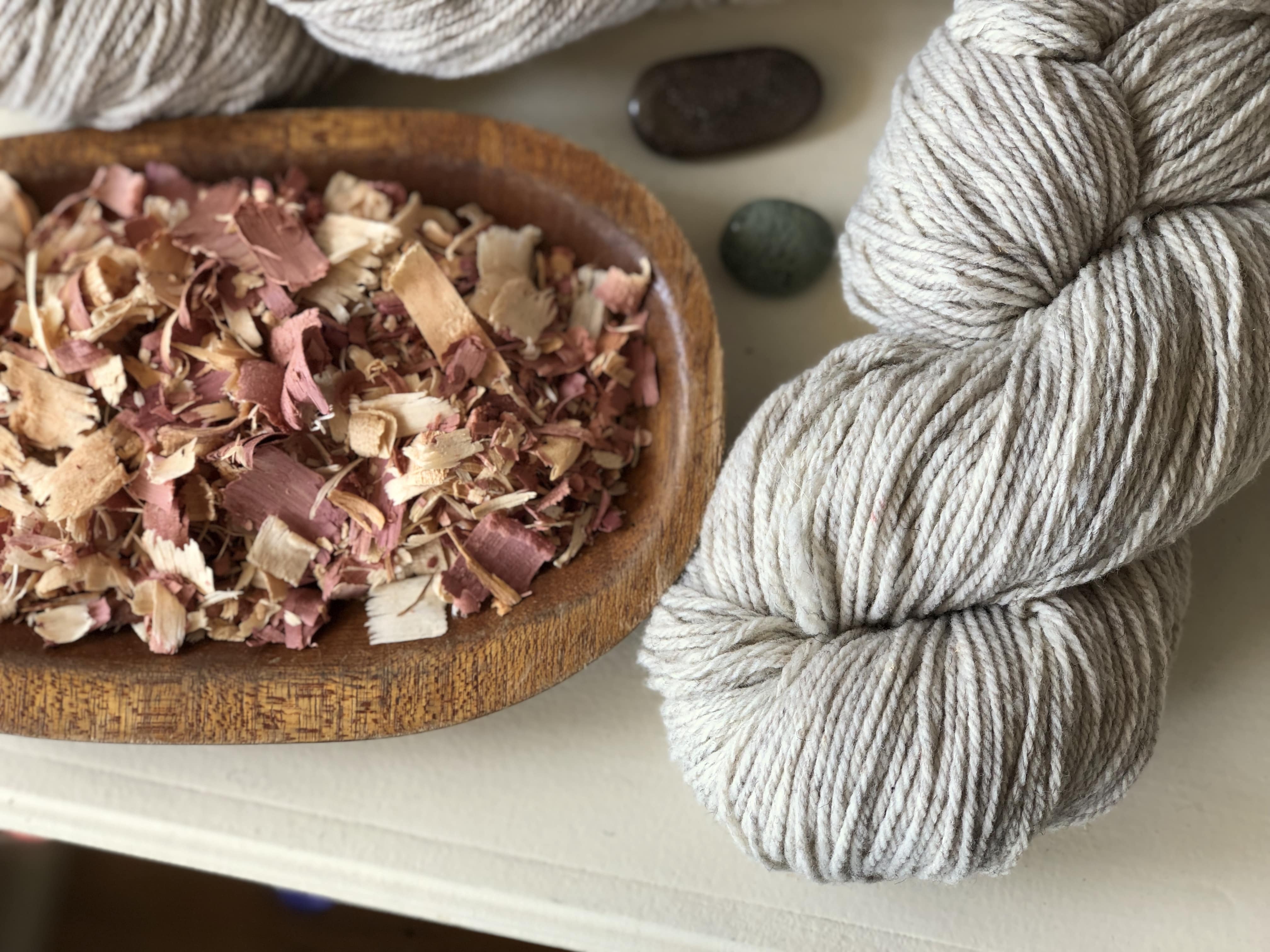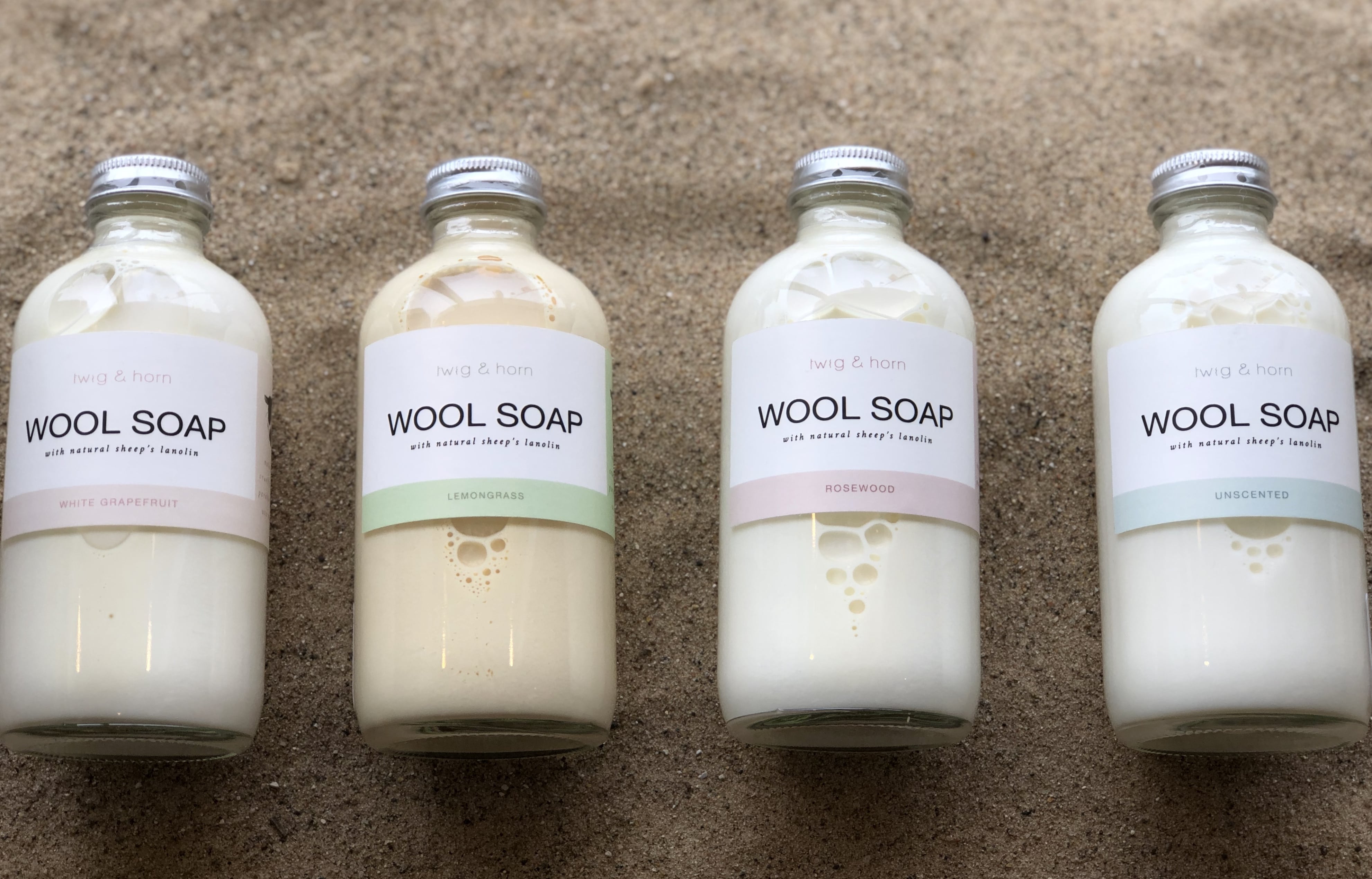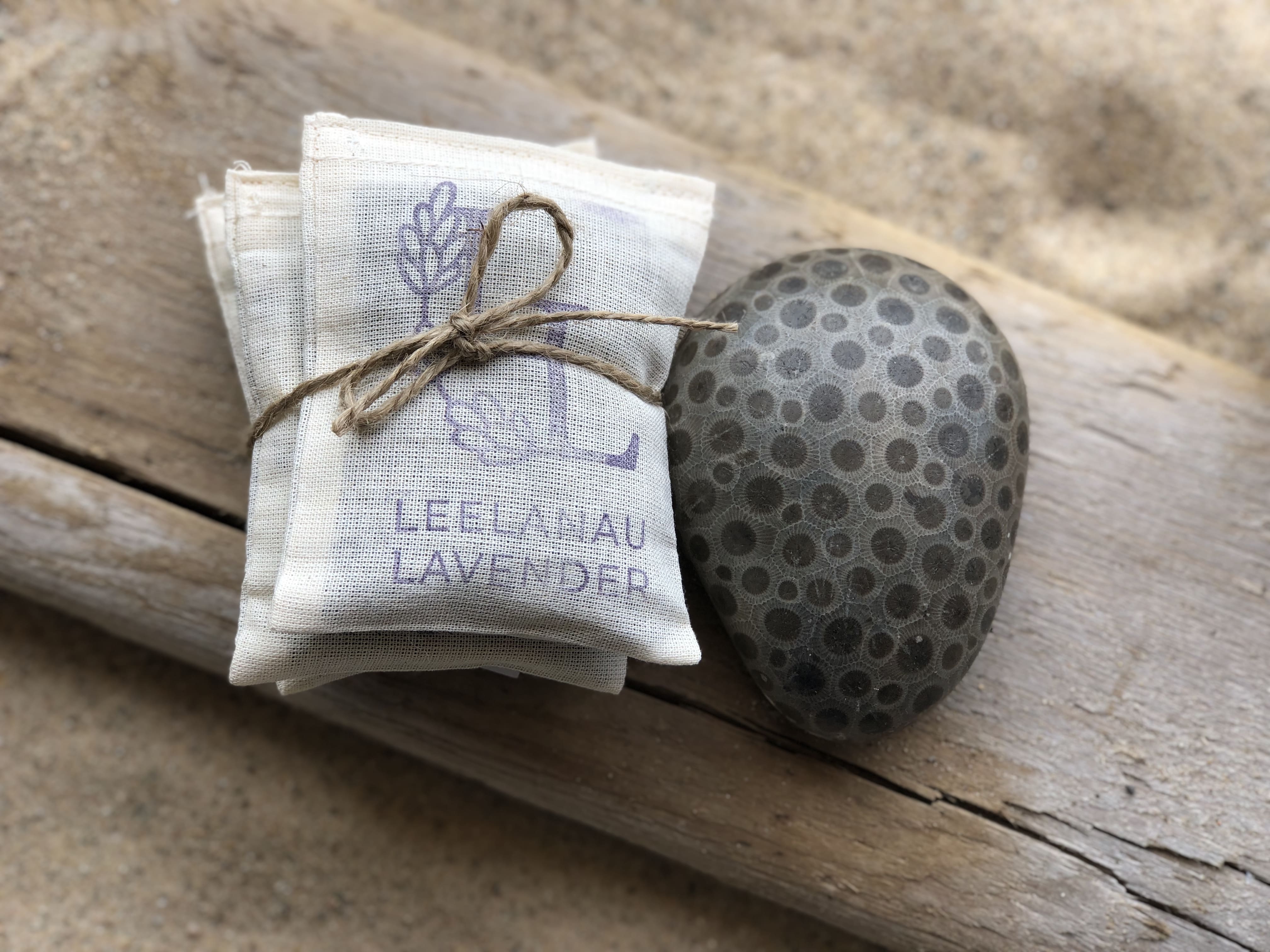 It seems that the cold weather is (finally!) behind us, which makes June a good time to think about caring for your handknits–how to wash, mend and store your precious stitches for the Summer.
It seems that the cold weather is (finally!) behind us, which makes June a good time to think about caring for your handknits–how to wash, mend and store your precious stitches for the Summer.
We suggest washing all of your knitwear before putting it away for the winter with a gentle wool soap. Even if it appears clean, a warm, soapy bath doesn’t hurt. (We love the Twig & Horn Wool Soap.) The goal is to rinse away the natural oils that cling to wool with normal wear, as well as visible food stains or other soiled bits; these are the things that moths are attracted to, and they’ll chew through wool all winter long if left to their own devices. Ensure your sweaters are completely dry and there are no damp patches–any dampness could eventually lead to the formation of mildew.

Once your knits are clean and fully dry, inspect them for holes and thin spots. Holey toes in your socks? Find your grandmother’s darning egg and learn to darn. Is the hole too big to hide? We love Martha’s embroidery embelishments and of course, visible mending is a visual pledge to the Slow Fashion movement and a sign of solidarity between makers. Check out Katrina Rodabaugh’s book Mending Matters for tutorials and projects, ranging from beginner to advanced. Does your sweater have lots of pills? Brush them off with a Sweater Stone, the Gleener or a hand-held electric de-fuzzer.
Once your pieces are freshened up, it’s time to put them away. Store them in a cool, dry place out of direct sunlight. We suggest a plastic storage bin–the airtight nature of the bin will add one more safeguard against moths, beetles, mice and other unsightly critters. Just make sure you don’t pack too many in one container.
Before putting the lid on your bin, tuck a few sachets in among the woolies. Not only do they smell fresh, but herbal blends–like Cedar Roma (100% natural cedar) and the Leelanau Lavender dryer sachets (100% locally-grown lavender buds)–add another layer of moth protection.
These steps do take time, yes, but with all the effort you’ve put into the actual knitting and crocheting process, the care you take will exponentially extend the life of your woolens, keeping you warm and fashionable for years to come. Pour yourself a glass of iced tea, put on an audio book and take major satisfaction knowing you are doing your part to keep traditional handcrafts alive.


